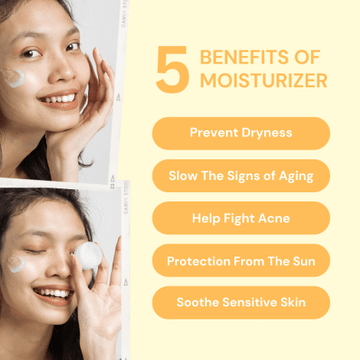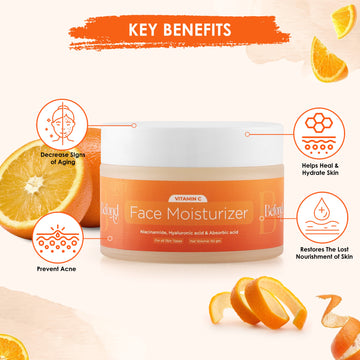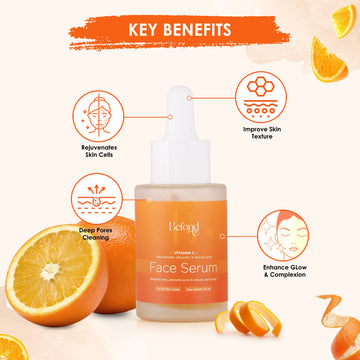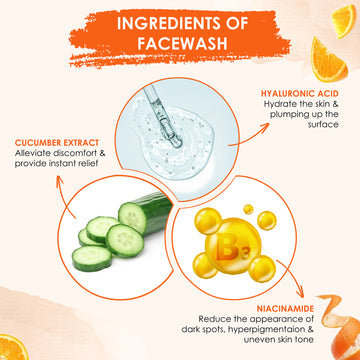Moisturizer is a crucial component of any effective skincare routine, providing essential hydration and protection for your skin. Regardless of your skin type, using the right moisturizer can significantly improve your skin’s texture, appearance, and overall health. In this comprehensive guide, we’ll explore the benefits of moisturizer, how to choose the right one for your skin type, and tips for applying it effectively.
Why Moisturizer is Essential
1. Hydrates the Skin
The primary function of a moisturizer is to hydrate the skin. It helps replenish the skin’s natural moisture levels, which can be depleted by environmental factors, cleansing, and aging. Proper hydration keeps your skin soft, supple, and healthy.
2. Prevents Dryness and Flakiness
Moisturizers form a protective barrier on the skin’s surface, preventing water loss and keeping the skin hydrated. This barrier helps to prevent dryness, flakiness, and irritation, ensuring your skin remains smooth and comfortable.
3. Improves Skin Elasticity
Hydrated skin is more elastic and resilient. Regular use of a moisturizer can improve your skin’s elasticity, reducing the appearance of fine lines and wrinkles and giving your skin a youthful, plump look.
4. Protects Against Environmental Damage
Many moisturizers contain antioxidants and other protective ingredients that shield the skin from environmental stressors like pollution, UV radiation, and harsh weather. This protection helps to prevent premature aging and skin damage.
5. Balances Oil Production
Contrary to popular belief, even oily skin needs moisture. Using the right moisturizer can help balance oil production, preventing the skin from overcompensating with excess oil and reducing the likelihood of breakouts.
Choosing the Right Moisturizer for Your Skin Type
Selecting the right moisturizer is key to addressing your specific skin concerns. Here’s a guide to help you choose based on your skin type:
1. Dry Skin
If you have dry skin, look for a rich, hydrating moisturizer that contains ingredients like hyaluronic acid, glycerin, and ceramides. These ingredients help to lock in moisture and restore the skin’s natural barrier. Cream-based moisturizers are often the best choice for dry skin.
2. Oily Skin
For oily skin, opt for a lightweight, oil-free moisturizer that won’t clog pores. Gel-based moisturizers or those labeled as non-comedogenic are ideal. Look for ingredients like salicylic acid or niacinamide that can help control oil production and keep your skin matte.
3. Combination Skin
Combination skin requires a balanced approach. Choose a moisturizer that is light enough for the oily areas of your face but hydrating enough for the dry areas. A gel-cream formulation can be a good option, providing the right amount of hydration without feeling too heavy.
4. Sensitive Skin
If you have sensitive skin, select a fragrance-free, hypoallergenic moisturizer with soothing ingredients like aloe vera, chamomile, or oat extract. These ingredients help to calm the skin and reduce the risk of irritation.
5. Normal Skin
For normal skin, a lightweight, hydrating moisturizer with ingredients like hyaluronic acid and antioxidants will help maintain your skin’s balance and health. A lotion or light cream is usually sufficient for normal skin.
How to Apply Moisturizer Effectively
To maximize the benefits of your moisturizer, follow these steps for effective application:
1. Cleanse Your Skin
Start with a clean face. Use a gentle cleanser to remove dirt, oil, and makeup, ensuring your skin is fresh and ready to absorb the moisturizer.
2. Apply to Damp Skin
For best results, apply moisturizer to slightly damp skin. This helps to lock in moisture and enhance absorption. You can lightly pat your face with a towel after cleansing, leaving it slightly moist.
3. Use the Right Amount
Dispense a pea-sized amount of moisturizer and warm it between your fingertips. This helps to distribute the product evenly across your face.
4. Apply Gently
Gently apply the moisturizer to your face and neck using upward, circular motions. Be careful not to pull or tug at your skin, as this can cause irritation and promote the formation of wrinkles.
5. Don’t Forget Key Areas
Pay attention to areas that are often overlooked, such as the neck, décolletage, and around the eyes. These areas can also benefit from hydration and protection.
6. Allow Absorption
Give the moisturizer a few minutes to absorb into your skin before applying makeup or other skincare products. This ensures that your skin gets the full benefit of the hydration and protective ingredients.
Conclusion
Moisturizer is an indispensable part of any skincare routine, providing essential hydration and protection to keep your skin healthy, radiant, and resilient. By choosing the right moisturizer for your skin type and applying it correctly, you can enjoy the benefits of soft, smooth, and youthful-looking skin. Make moisturizing a daily habit, and your skin will thank you for it!









